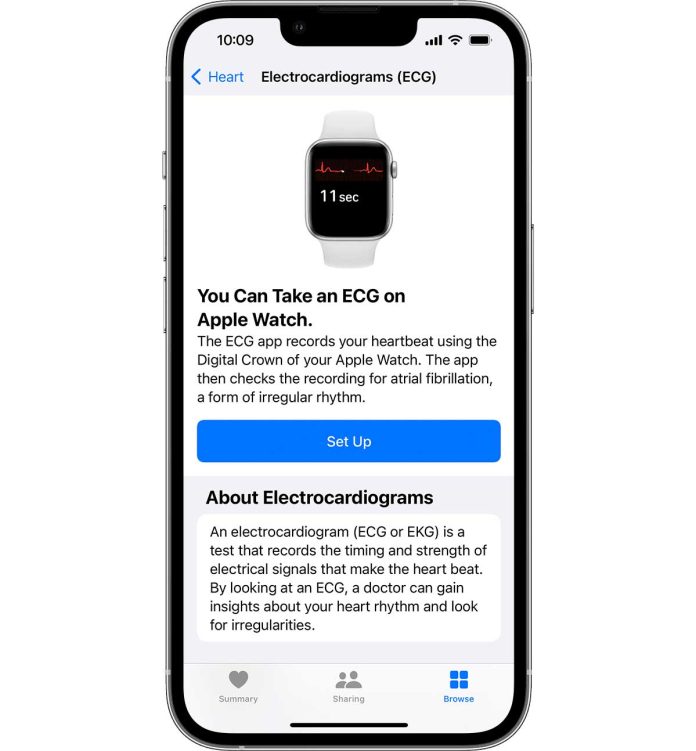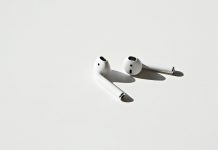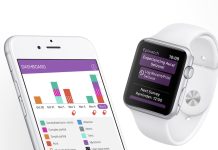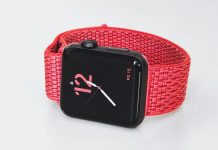About every 40 seconds, someone in the United States (US) has a myocardial infarction (MI).1 The outcomes after MI depend on the time that elapses before treatment begins. More than half of individuals with an MI die in an emergency room or before reaching a hospital within an hour of symptom onset.
Although the outcome after myocardial infarction, commonly known as Heart Attack, depends on the time to treatment, a delay between symptom onset and treatment is common.
A heart attack (myocardial infarction) happens when a part or parts of the heart muscle don’t get enough oxygen because there is a block in the blood flow to the heart muscle.
Researchers from Texas Heart Institute have been studying the use of the Apple Watch in helping with diagnosing symptoms related to myocardial infarction. The doctors published their latest findings in the latest edition of the Texas Heart Institute Journal early this month.
Contents
Related reading
- Heart attacks can be potentially detected using a smartwatch and a little AI according to a new study
- Apple collaborates with Johns Hopkins University to study the efficacy of virtual cardiac rehab program
- Complete Guide to Apple Watch Heart Rate Zones
- Stanford University researchers outline lessons learned from the Apple Heart Study in a recent paper
- Mayo Clinic Researchers can now detect weak heart pumps from Apple Watch ECGs using AI
About the latest research on myocardial infarction and the Apple Watch
Apple Watch provides the ability to perform an electrocardiogram. Researchers have been studying the potential benefits of using an Apple Watch to record multiple electrocardiogram leads for diagnosing myocardial infarction and have suggested that the Apple Watch could eventually become a self-check tool for symptoms related to myocardial infarction.
If the ECG function of the Apple Watch, one of the most popular wearable devices globally, could provide a reliable analysis of MI risk when symptoms develop, it could then send a clear signal to the user to seek medical attention, thereby minimizing the delay in diagnosis and treatment.
Typically, the first diagnostic step for confirming MI is the traditional 12-lead electrocardiogram (ECG), which requires specific equipment and professional training to record and interpret.
How the researchers used the Apple Watch to detect myocardial infarction
The Apple Watch uses one positive electrode (on the back of the watch) and one negative electrode (at the digital crown) to record a single-lead ECG.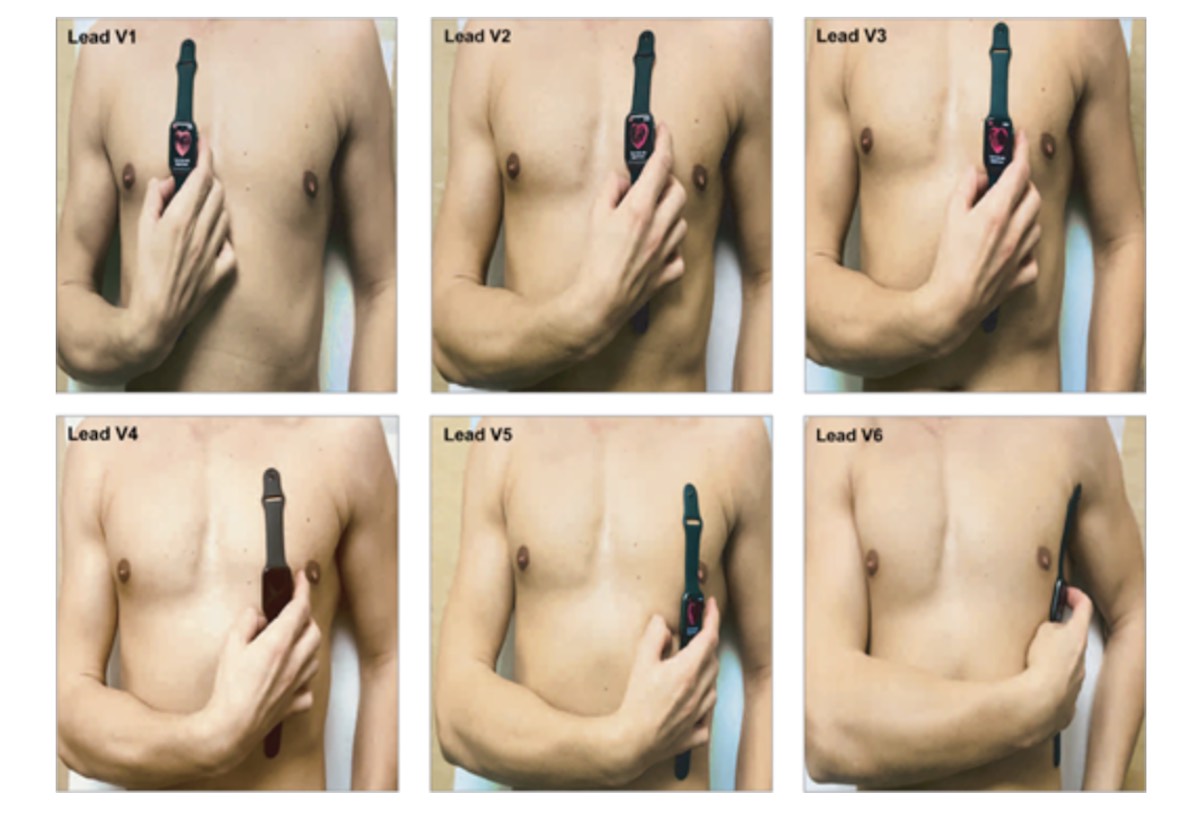
Different studies have examined the possibility of using the Apple Watch to record multiple leads to meet this requirement for a clinical diagnosis of MI.
The researchers argue that using the Apple Watch to detect MI is not meant to replace the standard 12-lead ECG. Instead, the Apple Watch could serve as a new MI screening tool for people at home or in other environments.
Although other mobile ECG devices such as the KardiaMobile 6L can provide more professional recordings, the popularity of the Apple Watch and other similar devices offers a significant advantage. An estimated 20% of US residents currently own a wearable device, and the global market is expected to grow at a compound annual growth rate of 25%, reaching $70 billion by 2025.
The authors of this study suggest that the Apple Watch shows promise for detecting MI.
Current studies have shown that it can record multiple-lead ECG signals and detect the ST change during MI.
However, there are still many limitations to achieving the objective of early MI detection, and more clinical data are needed.
Future work should aim at making the ECG recording procedure less complex. With further research, we believe that the Apple Watch and other wearable devices can play a prominent role in promoting heart health.
References:

